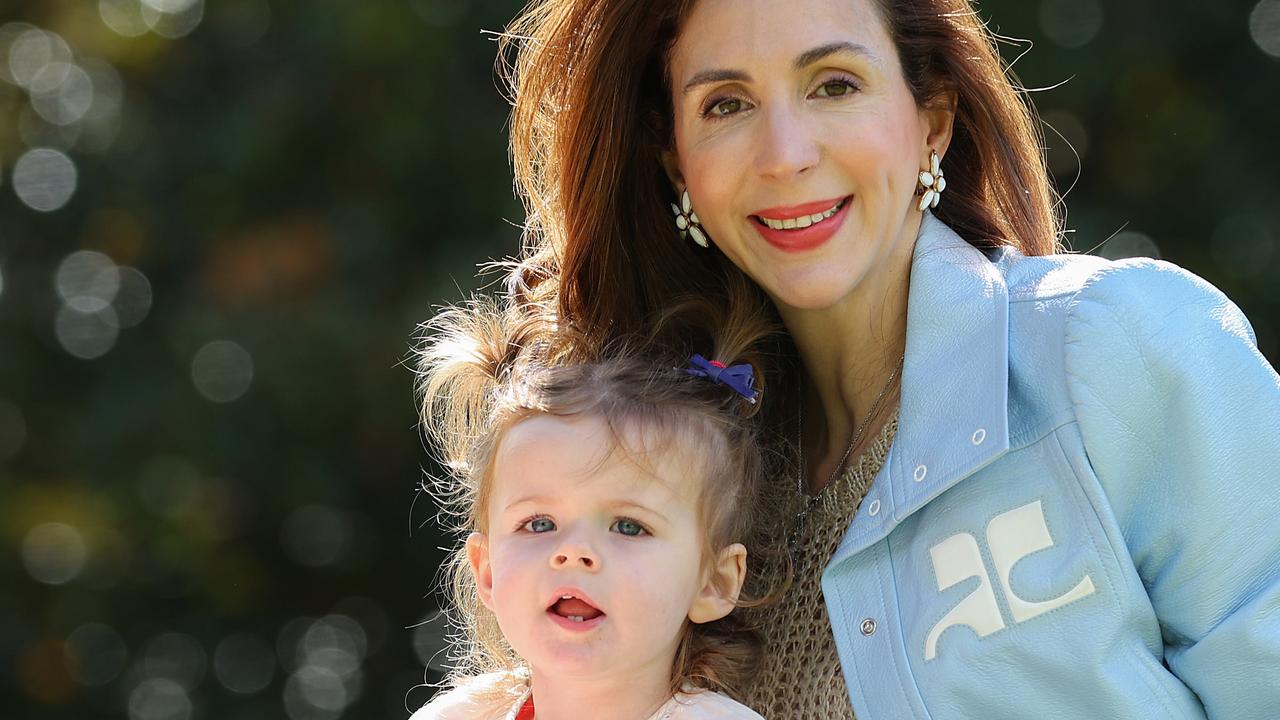Victorian measles outbreak a ‘major concern’, doctors warn
Doctors say a growing measles outbreak in Victoria is cause for “major concern” amid lower vaccination coverage against the “notoriously infectious” disease. Here’s what you need to know.
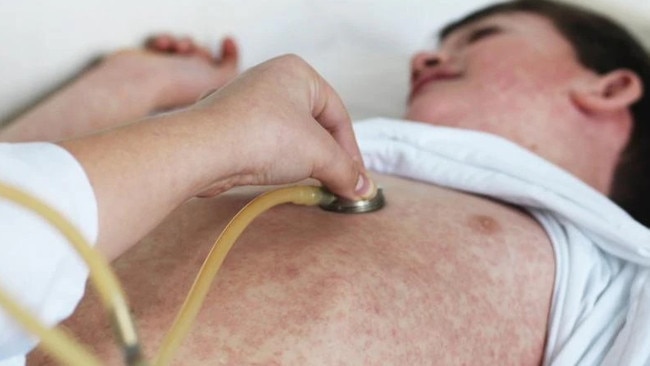
Family Health
Don't miss out on the headlines from Family Health. Followed categories will be added to My News.
Doctors say a growing measles outbreak in Victoria is cause for “major concern” amid lower vaccination coverage against the highly infectious disease.
Health authorities have warned of an increased risk in greater Melbourne and Mitchell Shire, with numerous exposure sites.
A growing number of cases have been acquired locally.
The state has recorded 24 cases of measles so far this year, already surpassing annual totals for the past several years.
And Australia has this year already surpassed the national annual total of 57 across the whole of 2024.
Victoria’s chief health officer Tarun Weeramanthri has warned that measles vaccination coverage rates have declined to below the 95 per cent national target since the Covid pandemic.
The majority of recent cases have arisen in people who have not had two documented doses of the MMR (measles-mumps-rubella) vaccine, a health alert issued by Dr Weeramanthri said.
Global case numbers are rising with numerous outbreaks abroad.
Royal Australian College of General Practitioners president Michael Wright said the strongest treatment against measles was vaccination.
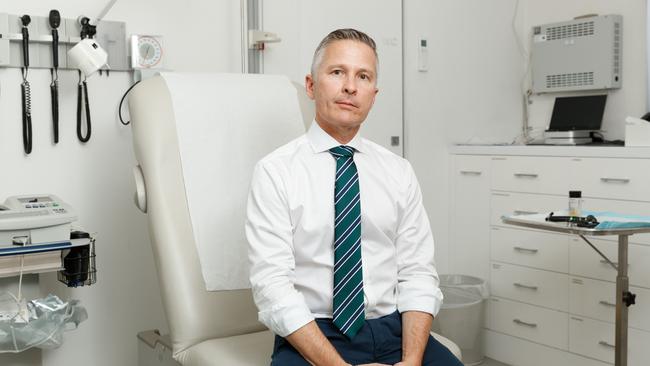
“We need immunisation rates to be over 95 per cent of the population to reach herd immunity,” he said.
“Unfortunately, in the last few years immunity rates have fallen below that level down to around 92 per cent.
“There is perhaps a bit of vaccine fatigue, but this disease must be taken very seriously.”
What is measles?
Measles can lead to uncommon but serious complications, such as pneumonia and brain inflammation, Dr Weeramanthri said.
Symptoms include fever, cough, sore or red eyes, a runny nose, and feeling generally sick, followed by a red rash involving flat and raised lesions.
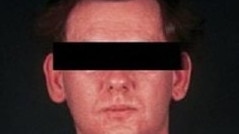
The rash usually starts on the face before travelling down the body.
People considered susceptible to measles include the unvaccinated, infants, immunocompromised people and adults who may not have received two MMR vaccines as kids.
Concern about nationwide outbreaks
Dr Wright said the Victorian measles outbreak was a “major concern”.
“We must do all we can to ensure that cases don’t spread in communities in every state and territory across Australia,” he said.
“Measles is a serious condition with major complications.”
Dr Wright said the level of local transmission in Victoria was “also worrying”.
Other states including NSW and Western Australia have also experienced measles alerts in recent months.
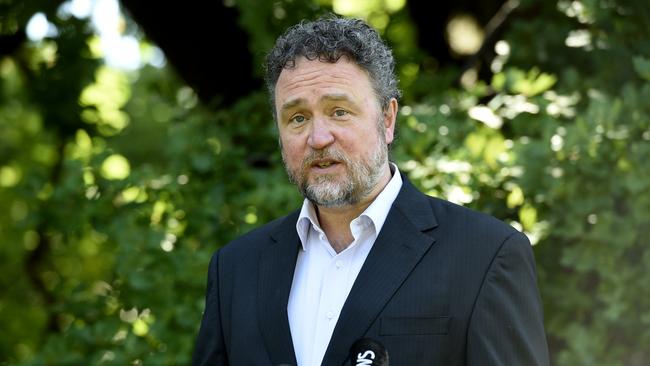
Professor Ben Cowie from the Doherty Institute said measles was “notoriously infectious”.
“It’s far more infectious than even the most infectious variants of Covid,” Prof Cowie said.
“In a completely susceptible population, a case of measles will generate up to 13 infections among susceptible contacts.”
Prof Cowie said the number of locally acquired cases this year was “very different” to previous patterns, when cases generally came from overseas.
“The locally acquired cases increasing substantially we can put down to the reduction in the proportion of the community who are immune,” he said.
Vaccination
Two doses of the MMR vaccine are required.
Anyone born during or since 1966 who does not have documented evidence of having two doses of a measles-containing vaccine, or documented evidence of immunity, is at risk of the disease.
Measles vaccination with one dose was introduced in the late 1960s and measles cases dropped dramatically, according to the NSW health department.
In 1994, a second dose was added to the national childhood immunisation schedule to increase the level of protection.
People born between 1966 and 1994 are considered at greater risk of measles because they are less likely to have had a measles vaccine or they have had only one dose, the department said.
This cohort is also less likely to have immunity from infection than people born prior to 1966.
In Australia, two doses of measles vaccine are offered to children under the National Immunisation Program for free, at 12 and 18 months of age.
About 92.2 per cent of two-year-olds are vaccinated for measles, according health department data.
Epidemiologist Associate Professor Meru Sheel, from the University of Sydney School of Public Health, said factors like parents finding time to take their kids and some people’s negative feelings toward vaccines could impact coverage.
“There needs to be greater efforts on how information is provided to families … around vaccination,” the immunisation expert said.
Prof Sheel said she expected to see more “pockets” of measles cases.
“I think we need to address them as spotfires very quickly, which has always been done,” she said.
“We do still have good vaccine coverage for measles in Australia, so I don’t think it’s going to escalate to the level it is in the US.”
Hundreds of cases have been recorded in America this year and several people have died.
Dr Wright urged anyone who had not been vaccinated, or was not sure, to speak to their GP.
More Coverage
Originally published as Victorian measles outbreak a ‘major concern’, doctors warn





